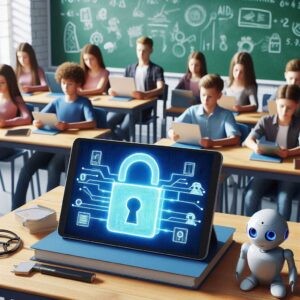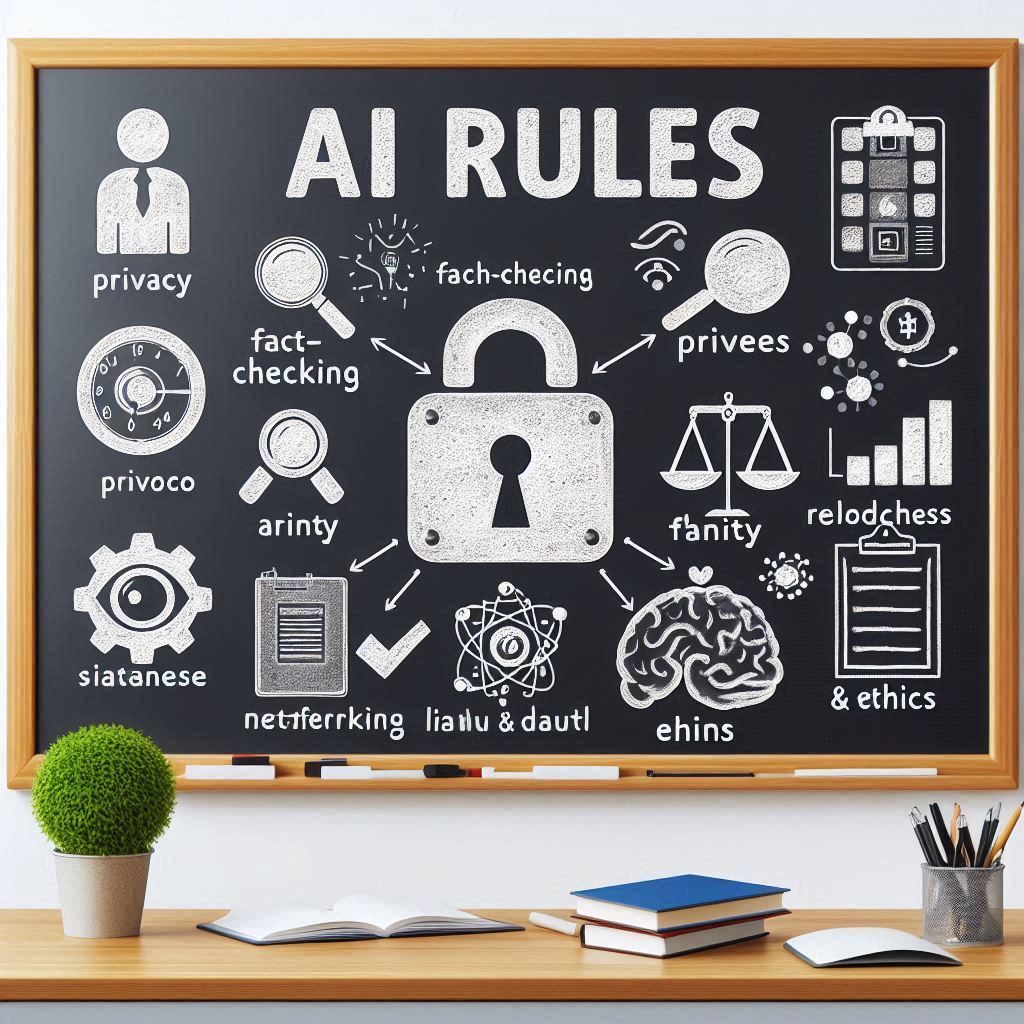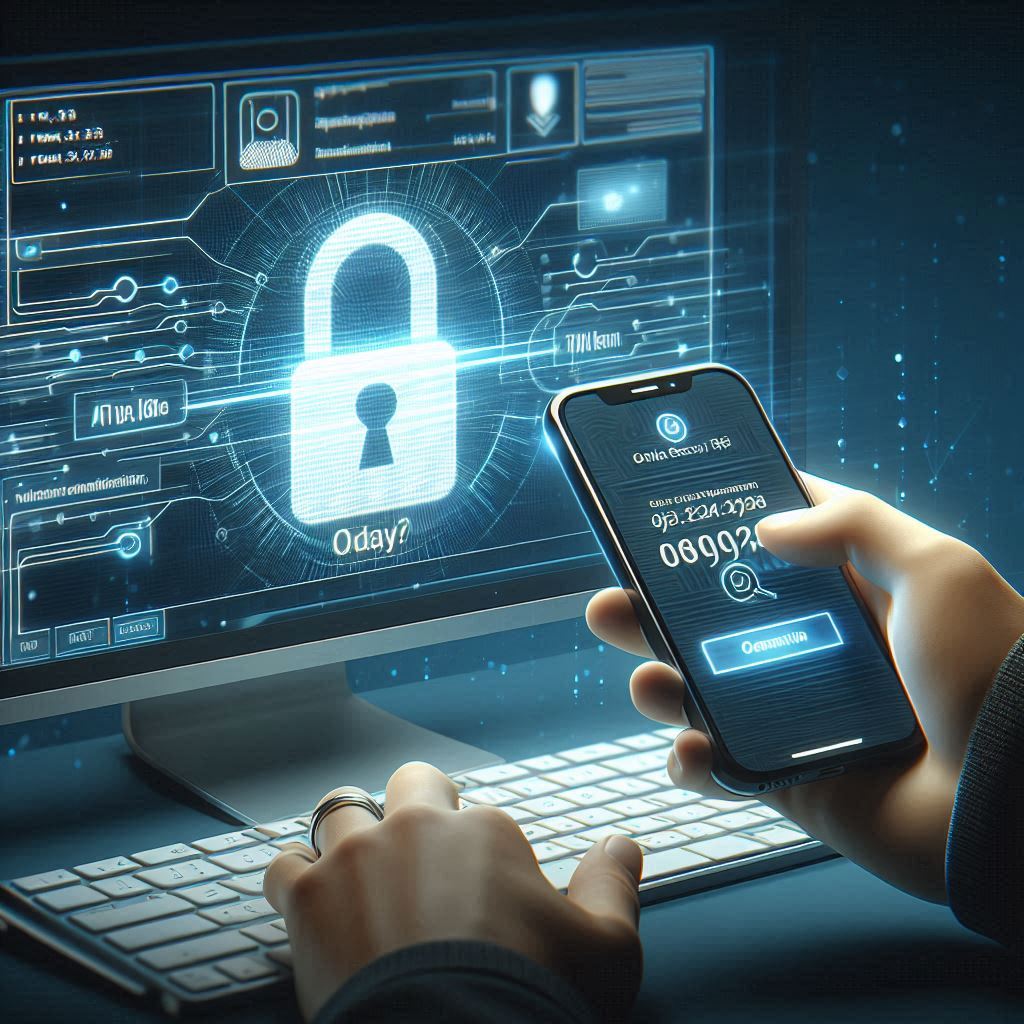






Key Security Principles for AI Use


What to Do If Something Goes Wrong?
– Notify the school administration immediately.
– Change passwords and enable 2FA.
– Report suspicious activity to the platform provider.









– Notify the school administration immediately.
– Change passwords and enable 2FA.
– Report suspicious activity to the platform provider.